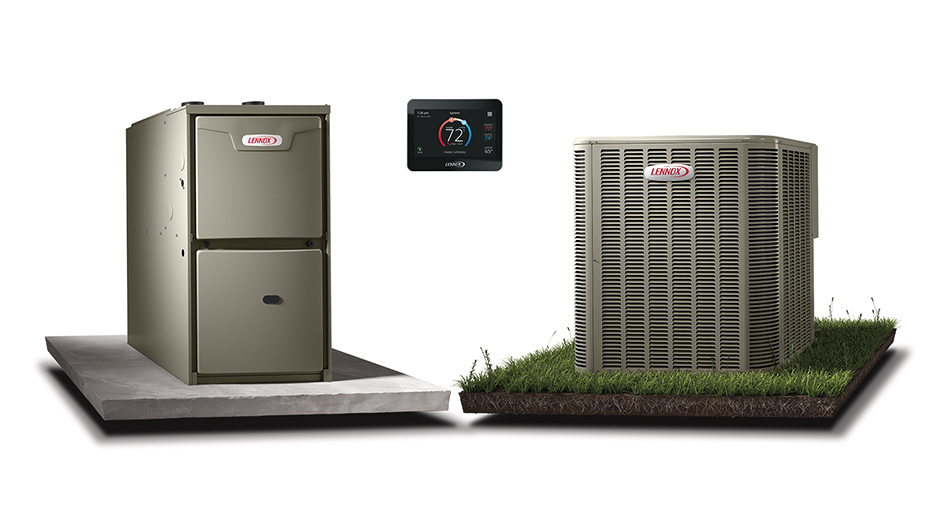
The idea of installing both a furnace and heat pump may seem a bit unusual at first. After all, why would you need two heaters? Even though furnaces and heat pumps both provide energy-efficient heat, the changes in their design actually make employing both of them a reasonable option. It’s not for all of us, but with the right conditions you could truly benefit from using a furnace and a heat pump.
You should weigh several factors in order to decide if this sort of setup works for you. Your local climate and the square footage of your home are both especially important, namely for the heat pump. This is because many models of heat pumps will run less efficiently in winter weather and bigger homes. Even so, you can still reap the benefits of heat pump installation in Dundas and Northfield.
Heat Pumps May Be Less Effective in Winter Weather
Heat pumps are commonly less reliable in cold weather because of how they provide climate control to start with. As opposed to furnaces, which combust fuel to create heat, a heat pump reverses its flow of refrigerant to draw heat from outdoor air. This heat is then brought inside and dispersed throughout your home. As long as there is still a bit of heat energy in the air, a heat pump should function. But the cooler the temperature, the less reliable this process is.
The less heat energy is usable outside, the more time is needed for a heat pump to draw heat indoors to maintain your desired temperature. It may depend on the exact make and model, but heat pumps may start to lose efficiency at temperatures of 40 degrees and below. They can still be an energy-efficient option until 20-25 degrees, at which point a gas furnace is more effective.
What Temperatures Do Heat Pumps Work Best In?
Heat pumps work best in moderate climates 40 degrees and up. That being said, you don’t have to miss out on the benefits of a heat pump just because your local climate is cooler. As a matter of fact, that’s why having both a furnace and heat pump can be worth the expense. You can use the heat pump for energy-efficient heat until the weather is chilly enough to warrant switching to something like a gas furnace.
A few makes and models claim greater effectiveness in winter weather. For example, the Lennox MLA heat pump is capable of operating at 100% capacity at 0°F. It can even remain functional in temperatures as low as -22°F. For optimal energy efficiency, you’ll likely still want to switch to the furnace in especially cold weather.
So Should I Get a Heat Pump if I Own a Gas Furnace?
If you’re serious about maintaining the most energy-efficient HVAC system achievable, owning a heat pump and gas furnace at the same time deserves the investment. Not only is a dual-heating system flexible, but it provides other advantages including:
- A source of backup heating – A redundant heating system means even if one breaks down, you still have the capability to heat your home. It might not be the most energy efficient, but it’s better than shivering in an unheated home while you hold out for repairs.
- Reduced energy costs – The ability to decide which heating system you use based on the highest energy efficiency lowers your total costs. Smaller heating bills over the lifetime of these heating systems can really add up to a lot of savings.
- Less strain on both systems – Compared to running one system all winter long, heating resources are split between the furnace and heat pump. Essential components will sometimes survive longer since they’re not under continuous use.
If you’re still hesitant about heat pump installation in Dundas and Northfield, don’t hesitate to get in touch with your local professional technicians. They can evaluate your home’s comfort needs and help you determine if a dual-heating HVAC system is the best option.
